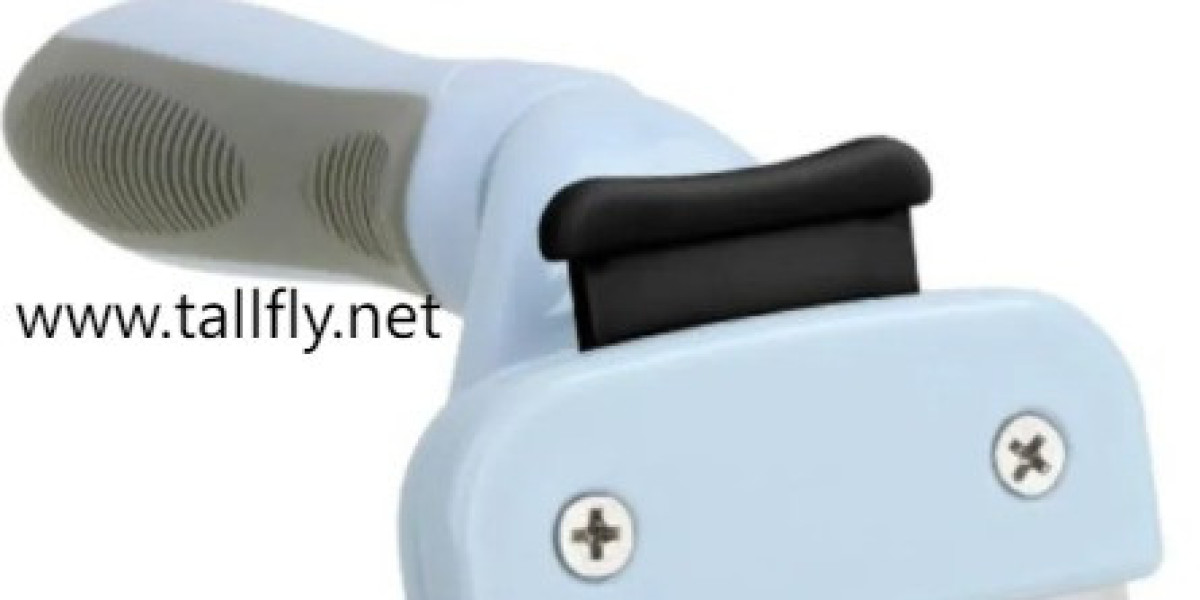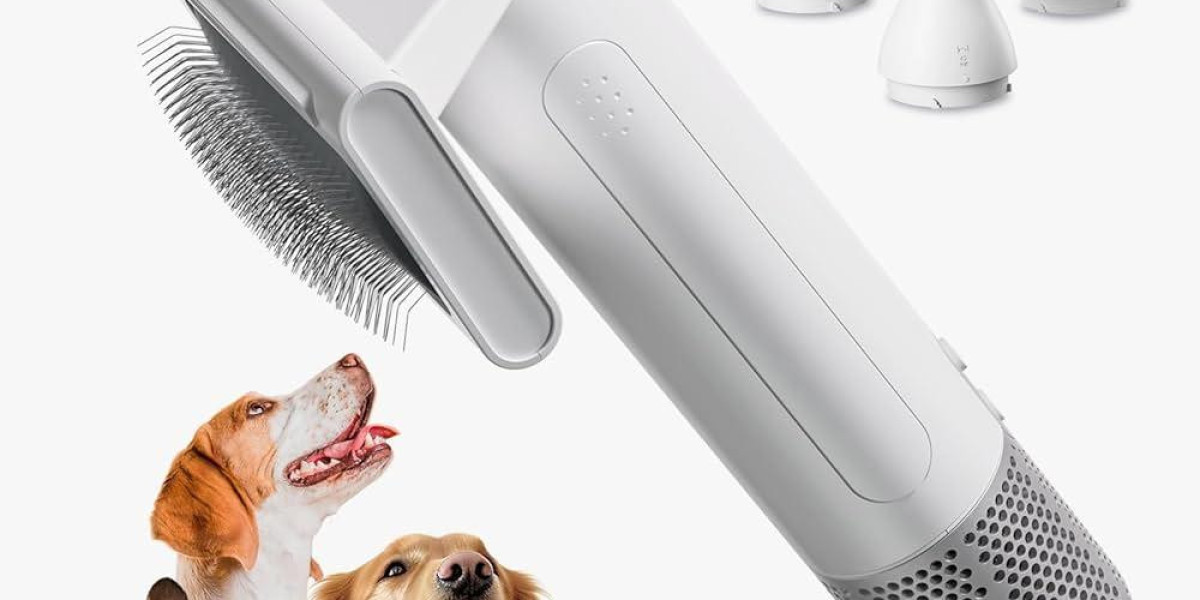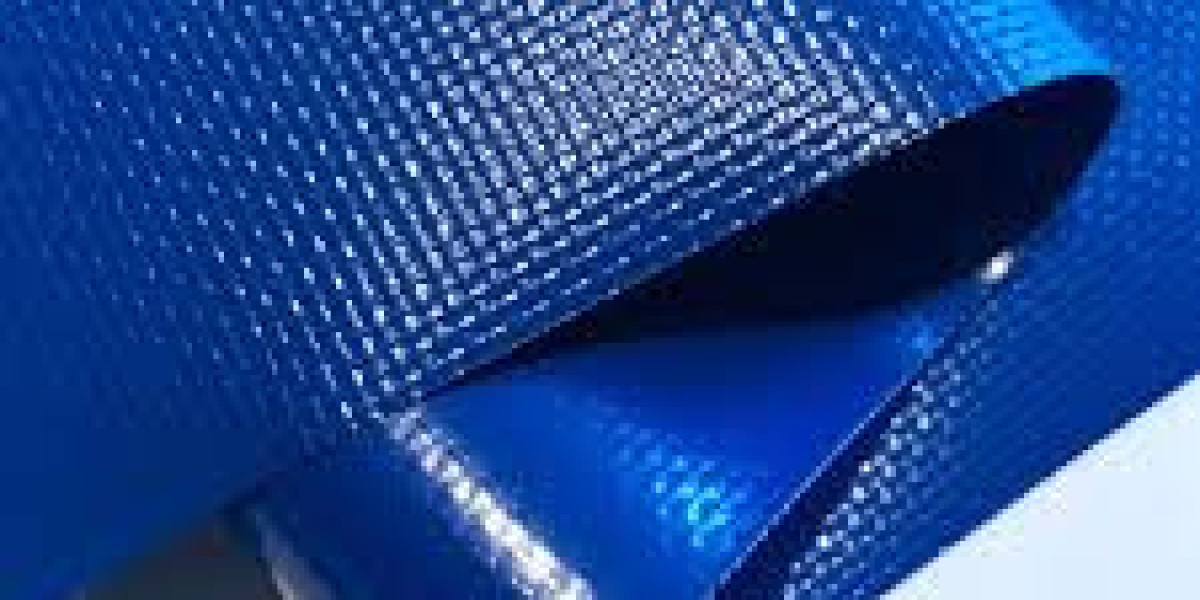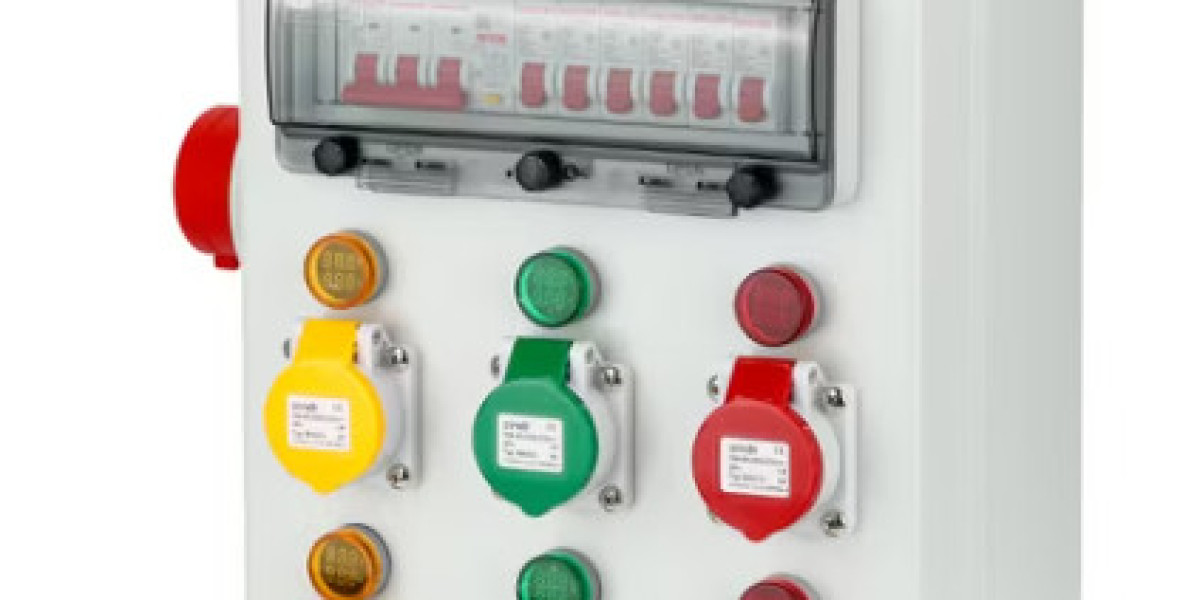When manufacturers rethink material choices for grooming tools, a Pet Grooming Comb Factory can shift to options that reduce waste and ease downstream handling without sacrificing utility. Choosing a material mix influences feel in the hand durability of teeth and the effort required in finishing and assembly. For many makers the move away from single use oriented plastics toward materials with a circular use story is not only an environmental consideration but also a market signal about long term thinking.
Materials fall into a few practical groups. Conventional thermoplastic resins remain common because they mold easily and allow precise tooth geometry with little finishing. Reclaimed plastic from post industrial streams can be used in certain parts when tolerance on finish is relaxed. There are also plant based polymers and modified bio resins that can offer a softer tactile feel and acceptable strength for comb teeth. Another route is hybrid construction where a rigid core provides structural support while a softer overmold improves grip and reduces slipping in hands during grooming.
For factory implementation the step by step approach matters. Start with a small run of prototypes to validate molding behavior and tooth resilience. Material suppliers can provide sample sheets and trial pellets that help a production engineer tune temperature and cycle settings. Surface finish and color stability also change with material choice. A change that improves sustainability at the resin level should be balanced against any increase in secondary processing that might offset the environmental benefit.
Testing protocols inside the plant can include simple bend tests on comb teeth cyclic use checks to simulate repeated grooming and compatibility checks for coatings and printing. If a softer handle material is used it must adhere reliably to the tooth portion over time. Adhesion problems often show up during accelerated use tests so it is wise to include those checks early in the validation plan.
Packaging and labeling decisions compound material choices. Using readily recyclable pack formats that match the resin family of the product simplifies disposal for end users. Clear guidance on reuse or end of life printed on the pack helps buyers make informed choices and avoids confusion at recycling centers. Small design choices such as avoiding multi material laminates in the immediate packaging can materially increase the chance that the whole kit enters a recycling stream rather than landfill.
From a cost perspective initial raw material costs may differ but over the life of a product the total environmental impact and brand positioning can compensate for modest margin adjustments. Factories that incorporate circular thinking into sourcing may find new supplier relationships and slightly different minimum order patterns but gain resilience against sudden raw material supply shifts.
Finally the human dimension matters. Shop floor teams respond better to change when training and documentation show clear steps and when prototypes are tested in real operational environments. Engaging grooming professionals to trial new material combinations provides practical feedback that a technical lab may miss. Such collaborative trials help fine tune tooth spacing handle ergonomics and finishing expectations before committing to larger runs.
Manufacturers interested in product examples or supplier information can find practical detail and illustrative product pages at www.tallfly.net , where factory summaries accompany product listings and show real product variations. Reviewing those pages can help bridge the gap between design choices and what production teams deliver in daily operations, supplying useful reference points when planning material trials and pilot runs.








